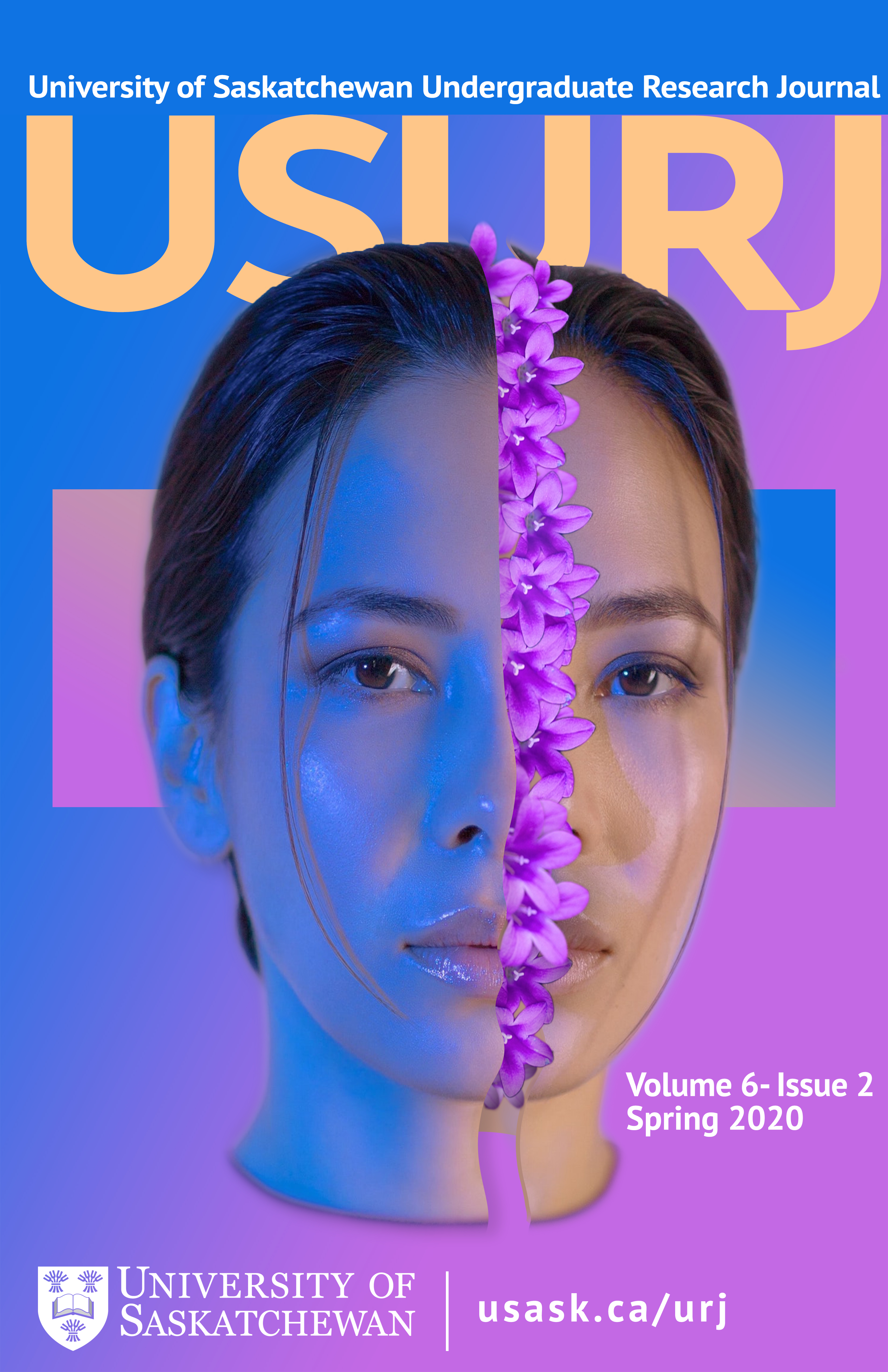“I Say, Can You Hear Me?” Pinter’s A Slight Ache as Radio Drama
Main Article Content
Abstract
Harold Pinter’s 1959 radio play A Slight Ache serves to illuminate how the constraints of radio drama provided Pinter with the opportunity to examine themes such as passive aggression and competition within outwardly bland social interactions, in an entirely new form. Pinter’s approach to radio drama goes against the principles of clarity and unambiguousness that the BBC attempted to push its writers towards at the time, instead favouring the unease and uncertainty that a total lack of visual information allows him to visit upon his audience. In particular, Pinter’s decision to render the character of the Matchseller entirely mute allows his presence to constantly challenge the listening audience, forcing them to constantly revaluate the validity of everything they hear. Through Flora and Edward’s contradictory assessments of the Matchseller, their respective goals, desires and insecurities are exposed, shining increasing light on their divergent views of the world around them. The combination of the Matchseller’s silence and the total lack of visual information given about him allow The Matchseller to become an increasingly obscure, changeable presence in the play. A Slight Ache emerges as a play so well suited to the constraints of radio that later stage and television productions only serve to expose how added visuals actually render the play far less effective, closing off the opportunity for multiple interpretations of the Matchseller to coexist, as they do in the original radio format.
Downloads
Article Details
Section
Articles: USURJ’s current Publication Agreements apply a Creative Commons Attribution-NonCommercial License (CC-BY-NC) by default. The CC BY-NC license lets others remix, tweak, and build upon work non-commercially. The author(s) can choose a different CC license, as outlined in https://creativecommons.org/about/cclicenses/. Please see the PDF for each article to determine what license is applied to that article. Author(s) can also request to reserve all copyright (All Rights Reserved). If there is no indication for articles published before September 2020, assume the author retains all rights beyond those necessary for publication by USURJ. All articles published after September 2020 will apply one of the aforementioned CC licenses. See the Publication Agreement under the Submission Preparation Checklist or Author Guidelines for more information. Artwork: All copyright for the original artwork remains with the artist unless they wish to apply a Creative Commons (CC) license to the artwork. Please see the PDF for each artwork to determine what license is applied to that artwork.
